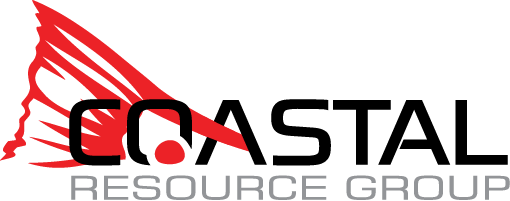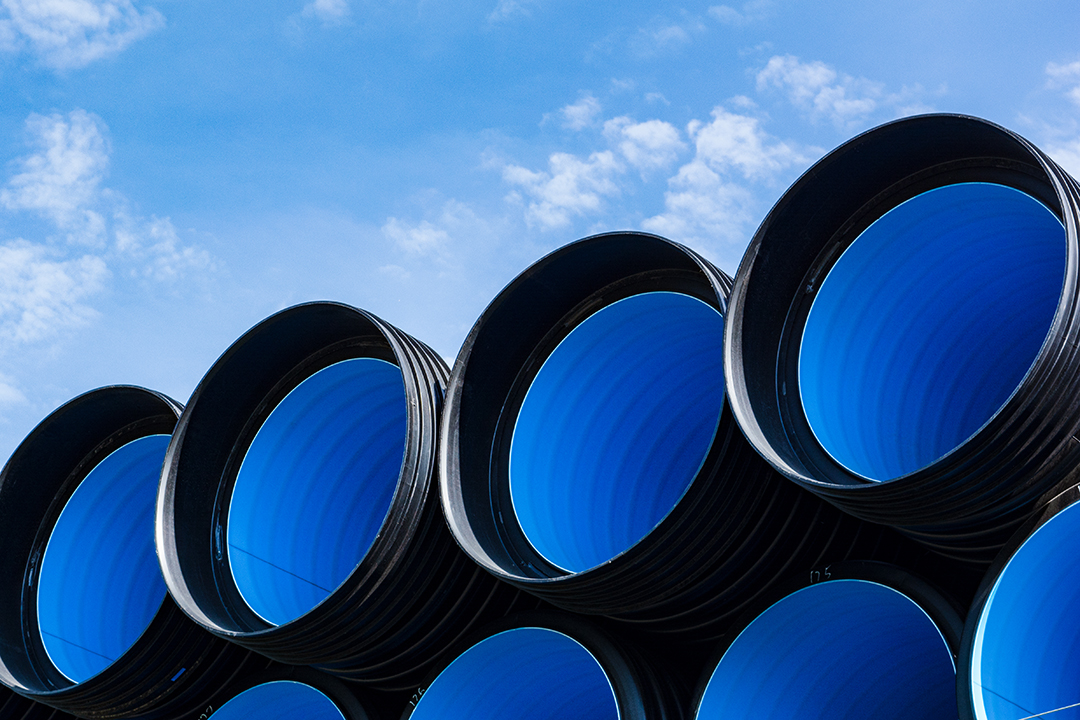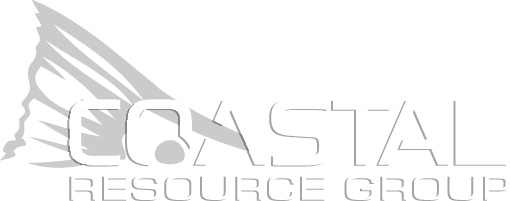Pressure ratings are the cornerstone of piping system safety and efficiency in industrial operations. The choice between welded and glued seams can significantly impact a project’s success. Engineers, contractors, and facility managers must grasp the nuances of PSI (pounds per square inch) ratings to make informed decisions. These ratings influence everything from the selection of fusion welded pipework to the evaluation of ERW versus seamless pipes. In today’s complex industrial landscape, understanding these factors is not just beneficial—it’s essential.
The Critical Role of PSI Ratings in Pipe Selection
PSI ratings are the numerical representation of a pipe’s ability to withstand internal pressure. These ratings are not just numbers on a spec sheet; they’re the guardians of operational safety and efficiency. Here’s why they matter:
- Safety Assurance: PSI ratings set the boundaries for safe operation, preventing catastrophic failures.
- Regulatory Compliance: They ensure piping systems meet industry standards and regulations.
- Operational Efficiency: Proper PSI ratings optimize system performance and longevity.
- Cost-Effectiveness: Choosing the right PSI rating avoids over engineering and unnecessary expenses.
For engineers, contractors, and facility managers, understanding PSI ratings is not optional—it’s essential for making informed decisions that impact the entire piping system’s life cycle.
Welded Seams: The Fusion of Strength and Versatility
Welded seams represent the pinnacle of pipe joining technology, offering robust solutions for high-pressure applications. Let’s explore the two primary types:
1. Electric Resistance Welded (ERW) Pipes
ERW pipes are manufactured using a high-frequency electrical current to heat and fuse the edges of rolled steel. This process results in:
- Consistent Weld Quality: The automated process ensures uniformity along the entire seam.
- High Production Efficiency: ERW pipes can be produced rapidly, meeting high-volume demands.
- Size Versatility: The ERW process is suitable for a wide range of pipe diameters and wall thicknesses.
2. Fusion Welded Pipework
Fusion welding takes pipe joining to another level by melting both the pipe material and a filler metal to create an exceptionally strong bond. The benefits include:
- Superior Joint Strength: Fusion welds can often match or exceed the strength of the base metal.
- Corrosion Resistance: The seamless nature of the weld reduces weak points for corrosion attack.
- Material Flexibility: Fusion welding can join pipes of different materials, expanding application possibilities.
PSI Ratings of Welded Seams
The pressure-bearing capacity of welded seams is influenced by several factors:
- Pipe Material: Different metals have inherent strength properties.
- Wall Thickness: Thicker walls generally allow for higher PSI ratings.
- Welding Method: The technique used can affect the weld’s integrity.
- Quality Control: Proper inspection and testing ensure weld reliability.
According to the American Welding Society, high-quality welds can achieve up to 100% of the base metal’s strength. This means that in many cases, the welded seam is not the limiting factor in a pipe’s pressure rating.
| Pipe Schedule | PSI Rating (approximate) |
| Schedule 40 | 700-2,000 PSI |
| Schedule 80 | 1,200-3,000 PSI |
| Schedule 160 | 2,500-6,000 PSI |
These ratings can vary based on pipe diameter and specific manufacturing processes.
ERW Pipe vs Seamless: A Critical Comparison
The choice between ERW and seamless pipes is a frequent point of discussion in the industry. Here’s how they stack up:
| Characteristic | ERW Pipe | Seamless Pipe |
| Manufacturing Process | Rolled and welded | Extruded from solid billets |
| Wall Thickness Consistency | More uniform | May vary slightly |
| Cost | Generally lower | Usually higher |
| Availability | Widely available | Less common in larger sizes |
| Pressure Ratings | Good for most applications | Excellent for high-pressure systems |
While seamless pipes are often preferred for high-pressure applications due to the absence of a longitudinal seam, modern ERW pipes have narrowed the performance gap significantly. The choice often comes down to specific application requirements and budget considerations.
Glued Seams: The Alternative for Low to Moderate Pressure Systems
Glued seams, primarily used in plastic piping systems, offer a different set of advantages:
- Easy Installation: Requires less specialized equipment and skill compared to welding.
- Cost-Effective: Generally lower installation costs for suitable applications.
- Versatility: Ideal for many low to moderate pressure scenarios.
PSI Ratings of Glued Seams
Glued seams typically have lower PSI ratings compared to welded seams. Their pressure capacity is influenced by:
- Adhesive Type: Different adhesives offer varying bonding strengths.
- Pipe Material: The plastic type affects overall system strength.
- Surface Preparation: Proper cleaning and preparation are crucial for strong bonds.
- Curing Conditions: Temperature and humidity during curing impact joint strength.
| Pipe Schedule | PSI Rating (approximate) |
| Schedule 40 | 130-360 PSI |
| Schedule 80 | 200-630 PSI |
Source: Plastic Pipe Institute, 2023
Factors Influencing PSI Ratings and Pipe Selection
When selecting a piping system, several factors must be considered beyond just the seam type:
- Operating Pressure: Must be well below the pipe’s maximum PSI rating.
- Temperature Range: Extreme temperatures can affect pipe material strength.
- Chemical Compatibility: Ensure the pipe material can withstand the transported substances.
- Environmental Conditions: External factors like soil conditions or UV exposure.
- Installation Method: Affects overall system integrity.
- Maintenance Requirements: Long-term care and inspection needs.
- Budget: Initial costs vs. life cycle expenses.
A comprehensive analysis of these factors is crucial for selecting the most appropriate piping system for each unique application.
Industry Standards and Future Trends
The piping industry is governed by stringent standards set by organizations like ASTM, API, and ASME. These standards ensure consistency and reliability across different applications. However, the industry isn’t static. Emerging trends include:
- Advanced Welding Techniques: Pushing the boundaries of PSI ratings for welded pipes.
- Improved Adhesives: Developing stronger bonds for glued joints.
- Composite Materials: Offering new possibilities for pressure resistance.
- Smart Piping Systems: Integrating sensors for real-time monitoring and predictive maintenance.
These advancements promise to enhance the performance, safety, and efficiency of piping systems across industries.
Coastal Resource Group for Your Piping Solutions
Navigating the complexities of PSI ratings and piping system selection requires expertise and access to quality products. Coastal Resource Group stands ready to be your trusted partner in this journey. We offer:
- Comprehensive Inventory: From ERW and seamless pipes to fusion welded pipework and high-pressure fittings.
- Expert Guidance: Our team can help you select the right piping solution for your specific needs.
- 24/7 Availability: We understand that your operations don’t stop, and neither do we.
- Fast Delivery: Ensuring you get the products you need when you need them.
Whether you’re dealing with high-pressure industrial applications or planning a complex piping system overhaul, Coastal Resource Group has the products and expertise to ensure your project’s success.
Contact us at (281) 549-4132 or visit our website to discover how we can elevate your next piping project with our comprehensive solutions and unmatched industry knowledge.


